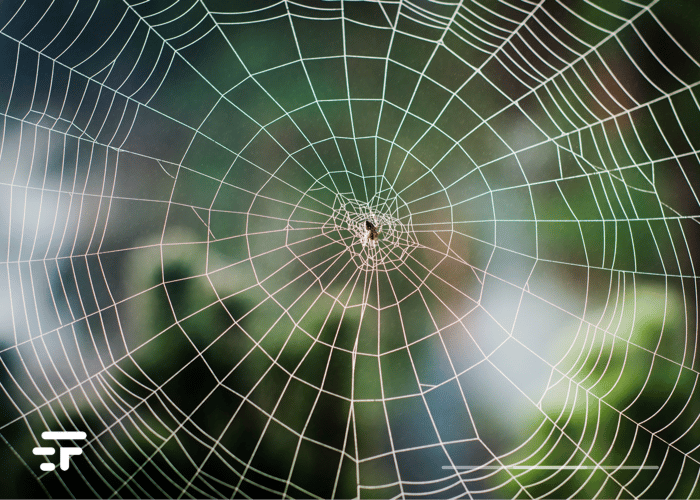The fight against cancer is still a key issue in the world of medicine. Surgeons, oncologists and experts in modern medicine have been looking for a way to reduce the damage of this incredible disease for years.
The latest research appeals to nature to diagnose or fix the problem. After trained the ants to recognize the disease with greater precision than that of dogs, it is the turn of spiders. By observing their web, in fact, the researchers made the discovery of a rather interesting protein: it is called p53.
This protein, in short, promotes the body's immune response to anti-cancer treatments.
How does P53 work?
Basically, p53 is able to prevent cancer cells from growing and dividing. The so-called “guardian of the genome” can prevent cells with DNA damage from turning into cancer cells.
Its importance is confirmed by another particularly important data: in 60% of all cancers the p53 protein is missing or damaged, unable to protect the body.
Its "forced introduction" into the body could lead to a potential cure for cancer, and results never experienced before. And now we also know where we can get it.

The spider's web to fight cancer
Cells in the human body do not produce large amounts of p53. Doctors therefore had to look for another way to obtain it, or rather: to obtain an equally functional "double".
Unexpectedly, the spidroine , the proteins that spiders process into silk, are similar to p53. The only difference lies in the presence of a compact part (called the domain) in spidroins. This part, however, can easily be produced by cellular protein-making machinery.
In Structure magazine, one appeared studio which speaks precisely of this process.
"Silk" anti cancer, research
In the lab, the scientists attached a small section of the spider silk protein to the human p53 protein.
In response, the cells started producing high amounts of p53.
What happened? Apparently, part of the p53 protein had wrapped itself around the spider silk domain. By “coiling” the protein, the domain pulled it out of the cell's production machinery and, as a result, produced more protein.
:extract_focal()/https%3A%2F%2Fimages.theconversation.com%2Ffiles%2F452279%2Foriginal%2Ffile-20220315-23-1n65a6z.jpg%3Fixlib%3Drb-1.1.0%26q%3D45%26auto%3Dformat%26w%3D754%26fit%3Dclip)
In light of this information, there is the possibility that we have found a faithful ally for the cure for cancer. Doctors must decide how to proceed in the future.
Now what?
Obviously, at present none of the results obtained are already sufficient to create a safe therapy against cancer. However, there is the possibility of exploiting this new knowledge to design new protein domains that make p53 easier to produce.
Spider silk domains could be effectively exploited to increase the ability of cells to produce the protein.
The next step is to test the resistance of human cells and their tolerance to spider silk proteins. We need to understand whether this addition is able to prolong the life of the p53 protein inside the cells.
Everything is yet to be seen, but there is hope for a project that would be incredibly large.


